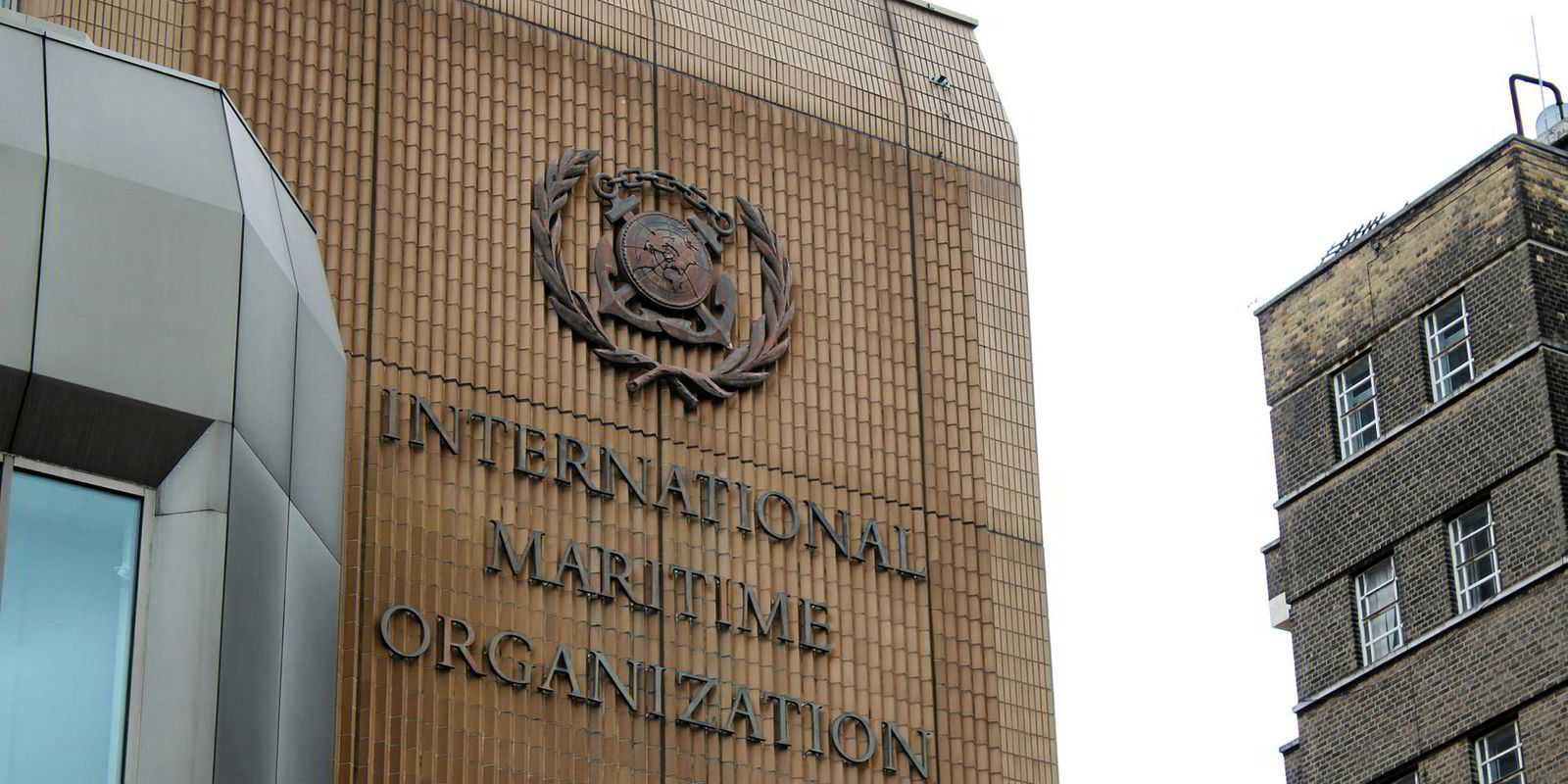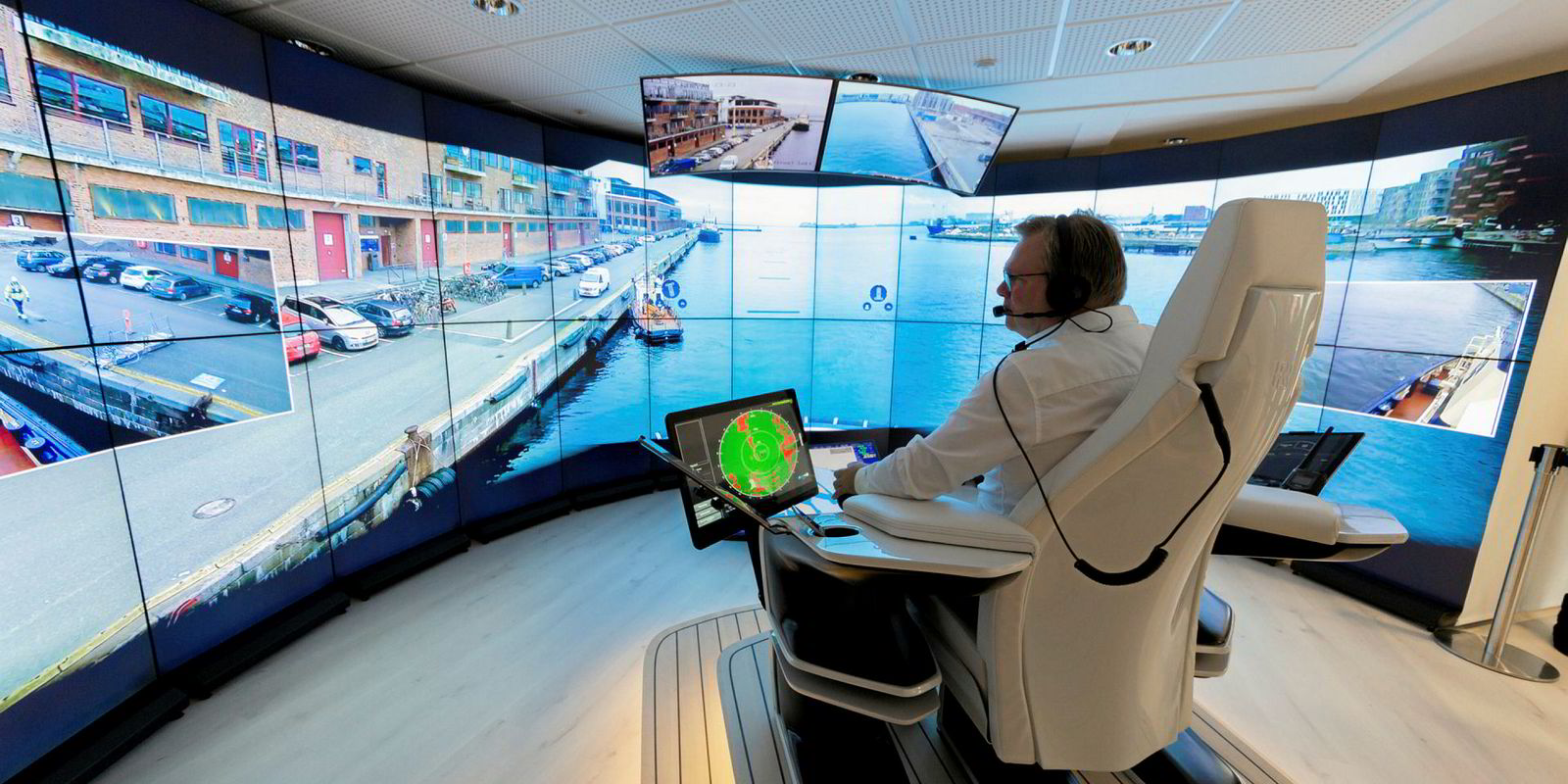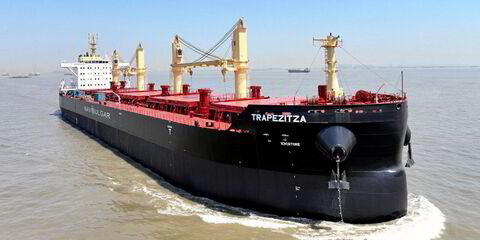Shipping has to find a magic bullet to slash vessel emissions, as well as dealing with the moving target of increasing global trade and a growing fleet, says Maritime Strategies International (MSI) managing director Adam Kent.
He tells TradeWinds that the IMO’s 2050 target for a 50% cut in greenhouse-gas emissions from shipping seems distant, but changes required to meet it must be grasped sooner rather than later.
The industry has just over three decades to find a sustainable, acceptable solution, and Kent says there will be various false starts and dead-ends en route.
He notes that most discussion has focused on fuels of the future and the “step change” in technology needed to "move the dial in terms of emissions reduction”.
As the industry faces up to the IMO deadline, Kent says one thing is for certain: commodities and goods will still need to be shipped around the world.
Based on MSI’s longest-range market forecast, significantly more cargoes will be transported by sea in 2035 — let alone 2050 — than in 2008, which is the IMO’s reference year for assessing relative emissions cuts.
“In terms of seaborne oil shipping, this will increase from 2.9 billion tonnes in 2008 to 3.8 billion tonnes in 2035, requiring an additional 230 million dwt of tankers to service the trade,” Kent says. “This means the fleet will have to grow by over two-thirds from the 2008 position to meet incremental trade flow based on MSI’s assessment.”
Kent says the step-up in dry bulk cargoes will be even greater, from 3.1 billion tonnes in 2008 to 5.3 billion tonnes in 2035, requiring an additional 330 million dwt of tonnage to meet demand.
“The further expansion in container shipping is where the most significant augmentation in tonnage will be seen, compared to 2008,” he says.
The fleet’s carrying capacity will have to rise by 250% to move all of the world’s containers by 2035.
MSI expects the world’s merchant shipping fleet to be around 115% bigger by then, in gross tonnage terms, than it was in 2008.
Compared with today and taking into consideration the “deluge of deliveries witnessed over the last decade”, the increase by 2035 will have to be a “more manageable” 35% than it is at present.
Kent says most of today’s ships will not be around to “witness the IMO’s 2050 line in the sand”. But, based on historical life expectations, vessels being built in the next decade will still be afloat.
Although the deadline seems “like a speck on the horizon, the lifespan of the assets, coupled with the size of the challenge, means changes need to be instigated sooner rather than later if the targets are to be met”, Kent says, adding that “easy wins have already been taken off the table”.
“A jump in vessel sizes, across a number of types and sectors, has effectively increased both efficiency and productivity, while a downward shift in operating speeds for some vessel classes and the introduction of the eco-ship have already helped reduce GHG [greenhouse-gas] emissions and carbon intensity,” Kent says.
So, as well as finding a magic bullet to slash the emissions of individual ships, the industry must “start to think about how to pick the fruit towards the top of the tree, as much of the low-hanging fruit has already been harvested”.






